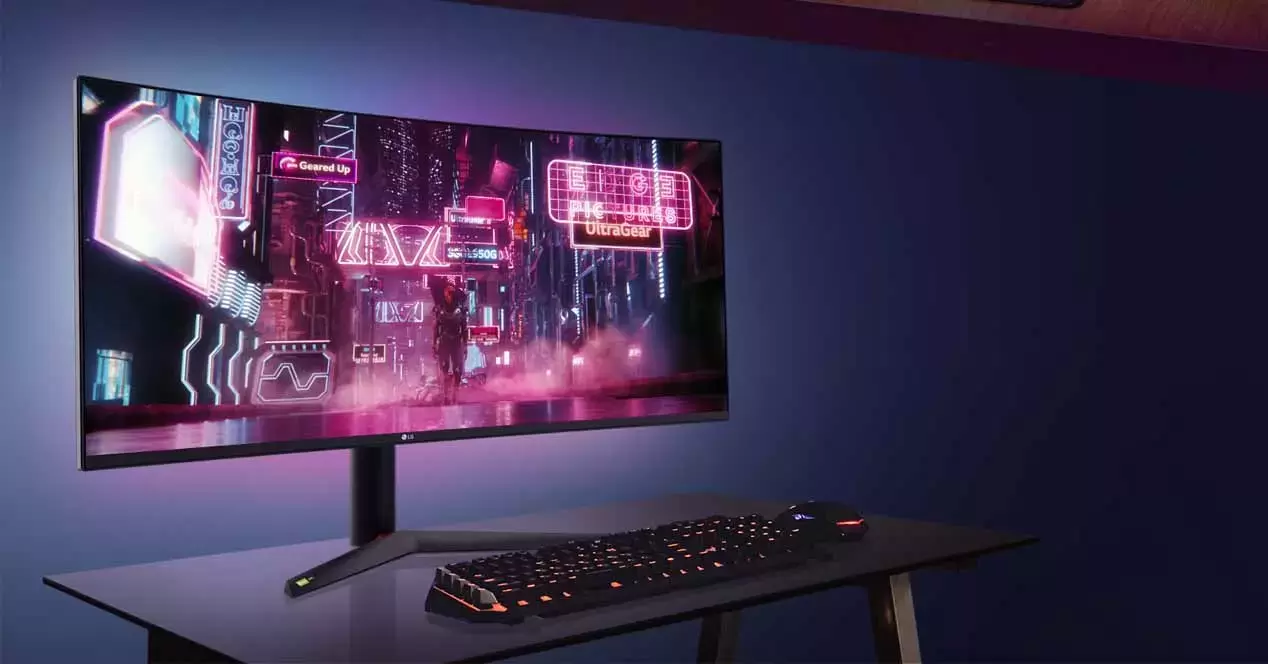Nano IPS (In-Plane Switching) is a display technology that uses a special liquid crystal alignment layer to achieve faster pixel response times and a wider color gamut compared to traditional IPS displays. It was developed by LG Display and is marketed as a high-end display technology for gaming monitors and high-end laptops. The main benefit of Nano IPS is its ability to deliver improved visual quality, with higher brightness, deeper blacks, and more accurate color representation compared to traditional IPS displays.
The “Nano IPS” is a technology that is commonly used in computer monitors. IPS stands for “In-Plane Switching” and it refers to the way that the liquid crystal cells in an LCD panel are aligned. The goal of IPS technology is to provide accurate color reproduction and wide viewing angles.
The “Nano” part of “Nano IPS” refers to a particular type of IPS technology that has been developed by LG Display. In a traditional IPS panel, the liquid crystal cells are aligned perpendicular to the backlight. In a Nano IPS panel, however, the cells are aligned at a slight angle to the backlight. This allows for even greater color accuracy and improved image quality.
One of the key benefits of Nano IPS technology is that it provides a wider color gamut, which means that it can display a greater range of colors. This is particularly important for content creators and designers who need to work with color-critical applications. Additionally, Nano IPS panels generally have faster response times than traditional IPS panels, which can be important for gamers who need smooth and fluid images.
In summary, Nano IPS is a technology that is used to improve the color accuracy, viewing angles, and overall image quality of computer monitors. By aligning the liquid crystal cells at a slight angle to the backlight, it provides a wider color gamut and faster response times.
